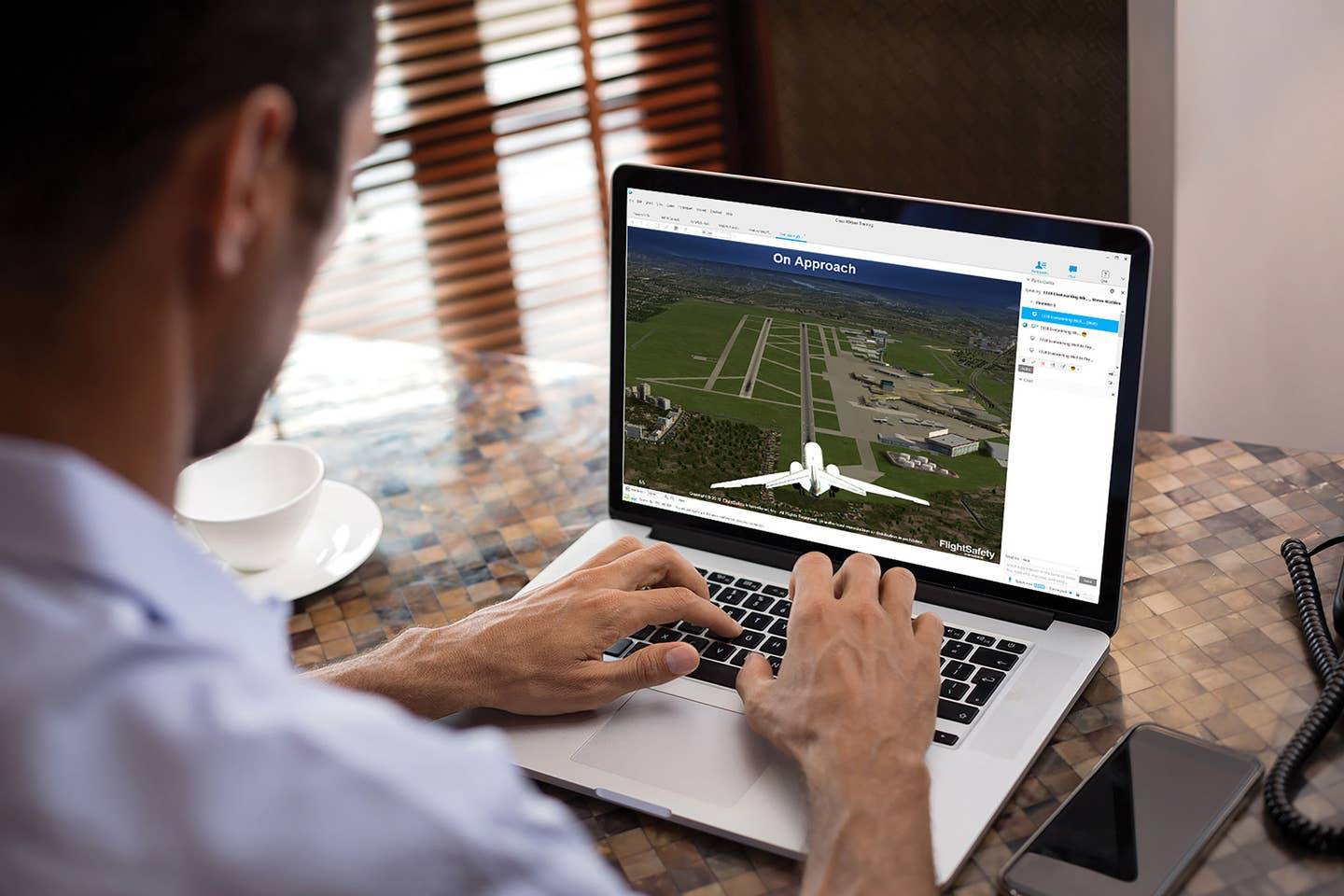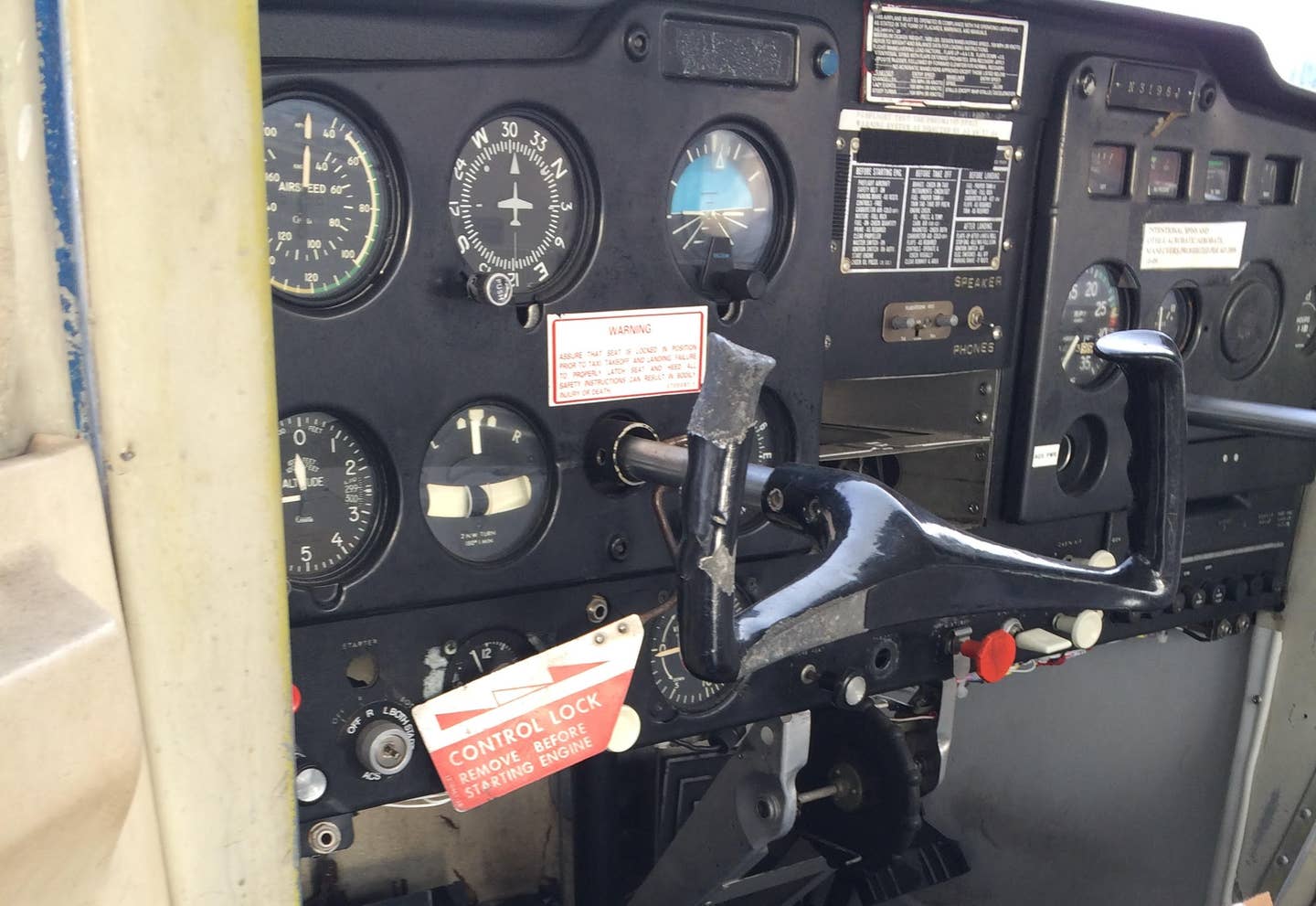How to Find Your Best Ground School Fit
Whether instruction is face-to-face or online, the material presented will be the same. The delivery and learner responsibilities, however, are a bit different.

Moving ground schools online allows students to complete coursework at a time and location convenient to them. [Courtesy: Flight Safety International]
Recently I was reunited with a former classmate I have known since grade school. We had the same teachers who inspired us, and we both became teachers ourselves.
We agreed there were times when compulsory education seemed tedious, and there was the added challenge of having transportation to get to school, wearing "the right clothes," etc., which was often a distraction. We both could have done without a lot of that, and agreed the experience would have been better experience with the option for remote learning.
But this was a time when we still had telephone booths and blue mailboxes on corners. The digital age was not yet upon us, and the term "online" applied to fish.
That has all changed now, as online classes are as common as rocks on the beach. If you are considering taking ground school, and have a choice of face-to-face or online, consider this: The material presented will be the same, but the delivery and learner responsibilities are a bit different. It will come down to what works for you.
Face-to-Face
This time of year, ground school enrollment tends to increase as the good flying weather is just around the corner. Before you invest your money (and it will probably be a few hundred dollars) and time, there are some things to think about.
Do you have the time to commute to a face-to-face class? Or will you be rushing from work to the airport? Will the class schedule interfere with already planned vacations or home projects?
Most face-to-face ground schools are 10 weeks long, consisting of about four hours of lecture and five to six hours of studying. You will definitely get more out of the class if you do the assigned reading before the lecture. If you cannot make this commitment, this may not be the right time for you to enroll. Keep in mind that many FBOs do not give refunds for ground school, even if you have to drop out due to an unforeseen circumstance, like an illness in the family.
Also, some face-to-face courses have minimum attendance rules. For example, if you miss more than X number of classes, you are not allowed to continue, or you may not get the endorsement at the end of the course that allows you to take the knowledge test. That endorsement, by the way, is only good for 60 days. Consider that when you make your plans.
Before you sign up, find out who is teaching the course and if they have experience as a ground instructor—not a flight instructor—beyond the pre-brief and post-brief. It is very discouraging to enroll in a ground school that turns out to be little more than a CFI reading out of a book or the slides off a computer screen. Ground school should be a lecture, discussion, hands-on experience, and if the CFI is good, memorable in a positive way.
To the learners, hear this: Teaching someone to fly an airplane is a lot easier than teaching in a classroom. You show the learner what to do, and they do it. There are many CFIs who avoid teaching ground school because they know it isn’t their skill set. There are others who think repeating something louder and slower is teaching. It really isn’t, but that may be the education model the CFI was trained under.
Online Courses Offer Control
The beauty of online courses is that the learner controls the pace and time of instruction. You could binge watch, doing five lessons in one night, or spread it out to two a week. Don’t try skipping ahead in these courses, however, as they have algorithms baked in to record how much time the learner spent in that lesson. A warning box will pop up telling you that you are going too fast. It also records if you skip something, so don’t even try it.
With online courses you can go back and watch a lesson if something doesn’t quite click. Many online courses provide a way for you to contact a CFI to clarify a concept.
If you are enrolled in a Part 141 program at an FBO or college, it may use a specific online course. It likely dovetails into the syllabus.
If you’re training under Part 61, you have more freedom, and you may want to test fly each course—most allow you to sample a few lessons for free—before you commit.
Some learners get the most out of mixing ground schools. One of my current learners is using Sporty’s Online Private Pilot course and Gold Seal at the same time. Both courses have the same material but are organized differently. This immersion seems to be working for her.
One of the bonuses of online ground school is that often you can revisit the lessons even after you have received your certificate. This refresher, while not required by the FAA, is often the mark of a good pilot. If it has been awhile since you did a soft field takeoff and you plan to fly to a grass strip, review that lesson to make sure no knowledge has been lost. Remember, pilot proficiency begins on the ground.
More Specialty Training
Many online education providers also have specialty courses, such as preparing for your flight review, tailwheel training, or backcountry flying. It’s also a way to sample a different kind of flying without getting anywhere near an airport.
If this is your first endeavor into ground school, trial and error is probably the best way to determine what works for you and what doesn’t. Good luck, and may learning take place.

Subscribe to Our Newsletter
Get the latest FLYING stories delivered directly to your inbox






